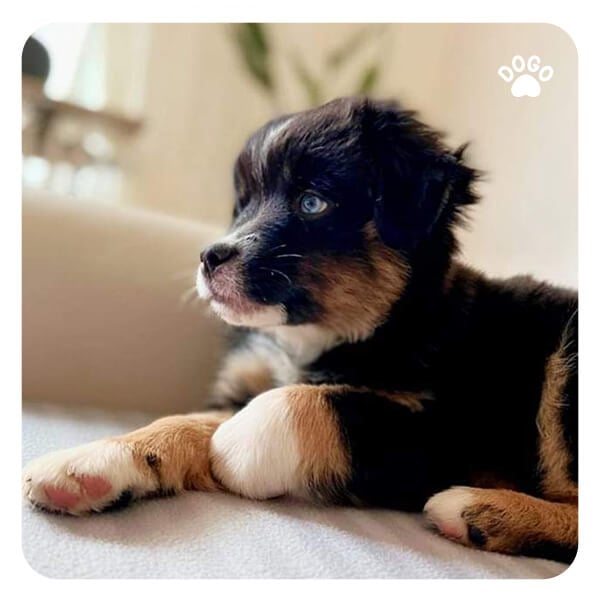 As a new puppy parent, everything regarding your dog’s wellbeing is completely unfamiliar to you. It can be overwhelming but we are here to answer your questions and address your concerns. You might have read about fear development in dogs. How does the sense of fear in puppies develop? How to make sure your puppy is well socialized until it’s too late?
As a new puppy parent, everything regarding your dog’s wellbeing is completely unfamiliar to you. It can be overwhelming but we are here to answer your questions and address your concerns. You might have read about fear development in dogs. How does the sense of fear in puppies develop? How to make sure your puppy is well socialized until it’s too late?You can also read this article in Dogo App.
At what age does the sense of fear develop?
Between the 12th and 16th weeks of life, the socialisation period is closing up. Dogs start to become wary of other pets and humans that they have never met before. During this critical period, it’s important to expose your puppy to a variety of experiences, people, and animals in a positive and controlled way. This will help your puppy to develop a sense of confidence and comfort in new situations. You can take your puppy to different places like the park, pet store, and grooming salon to help them get used to different environments. You can also introduce your puppy to different types of people like children, elderly, and people with different ethnicities. This will help your puppy to be comfortable around different people. Remember to always supervise your puppy during these interactions and use positive reinforcement techniques like treats, praise, and playtime to encourage good behavior.
[/fusion_text]



